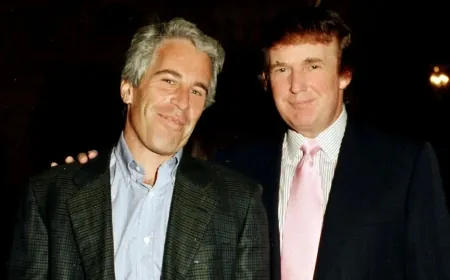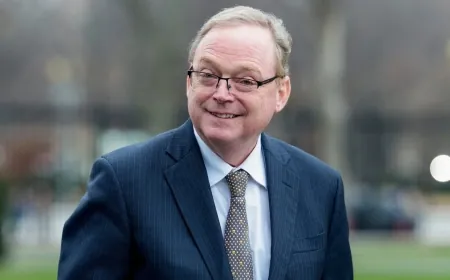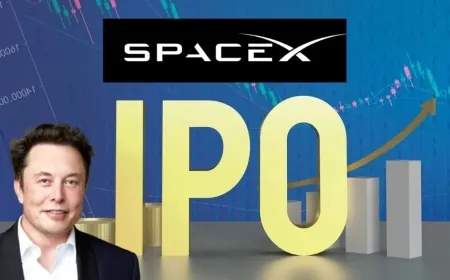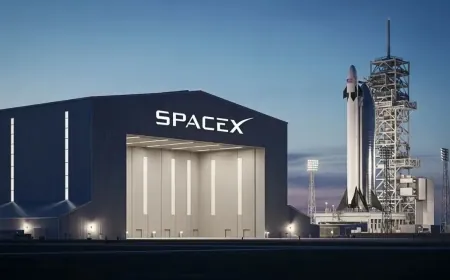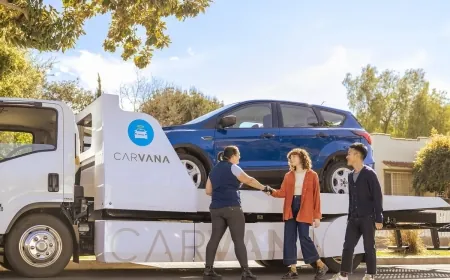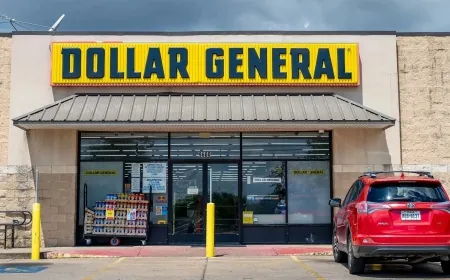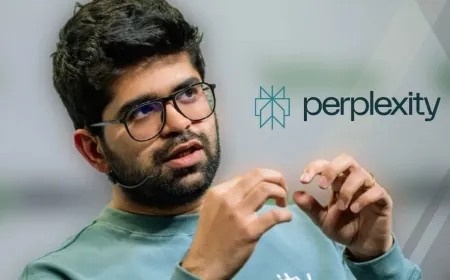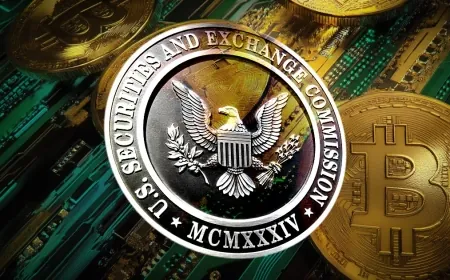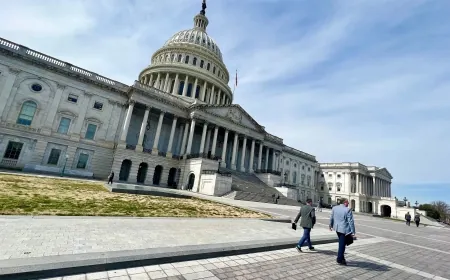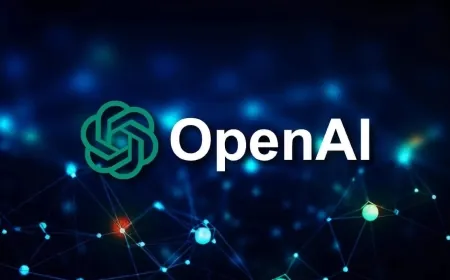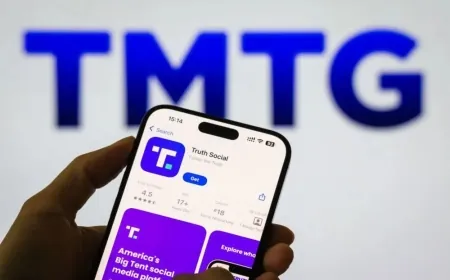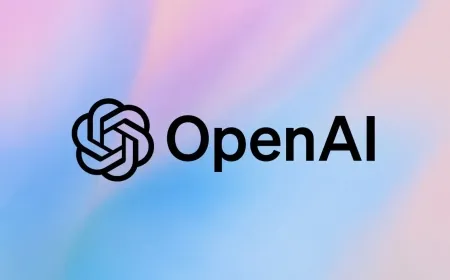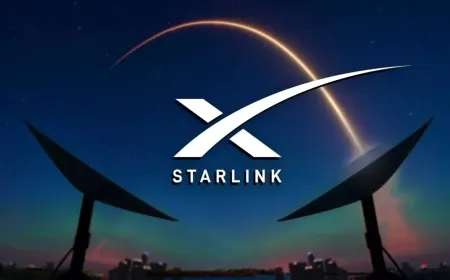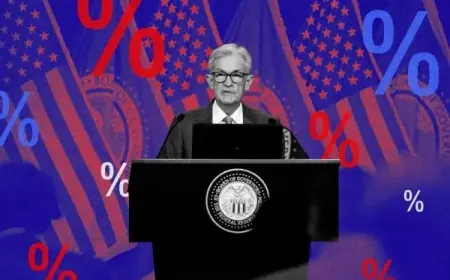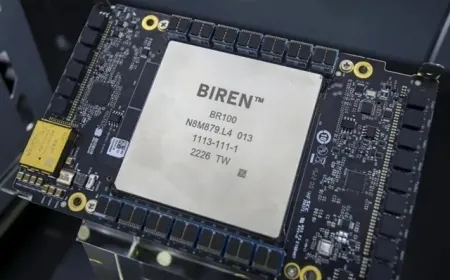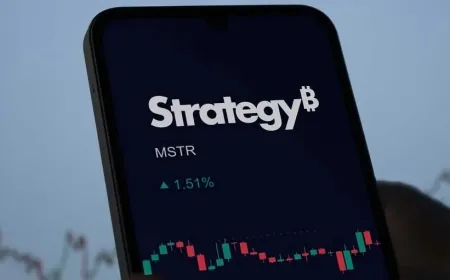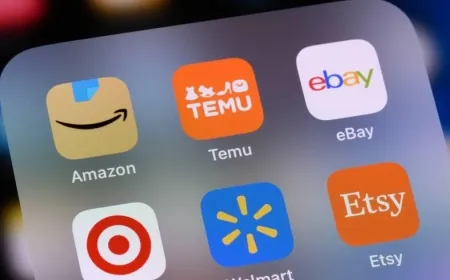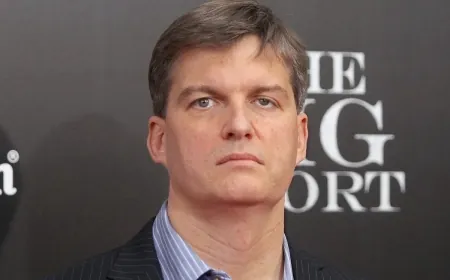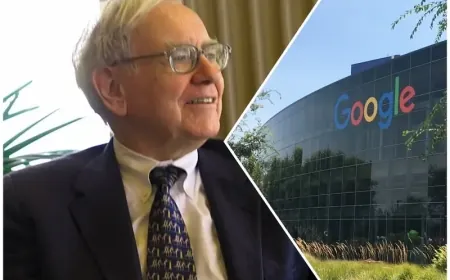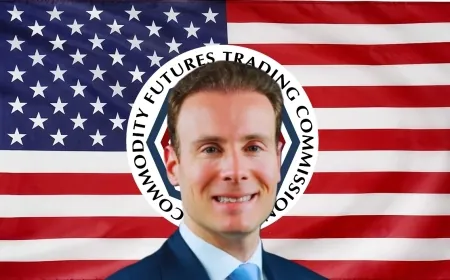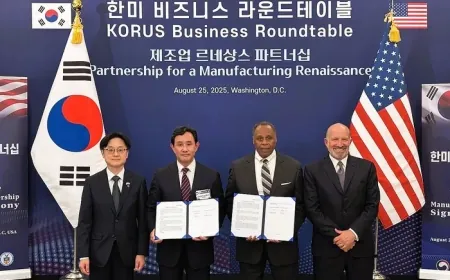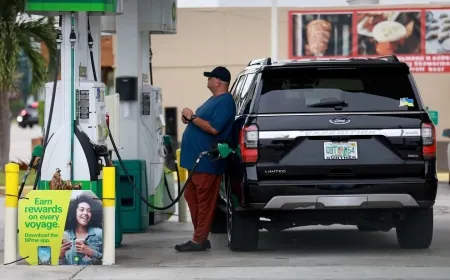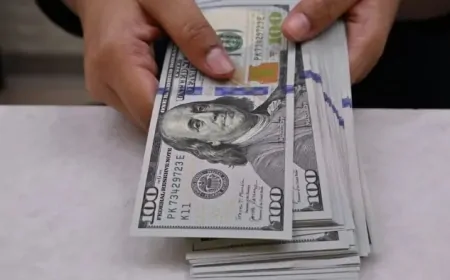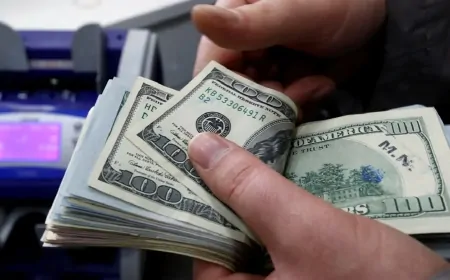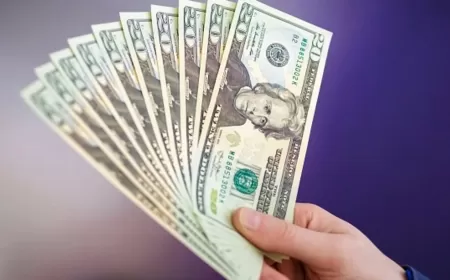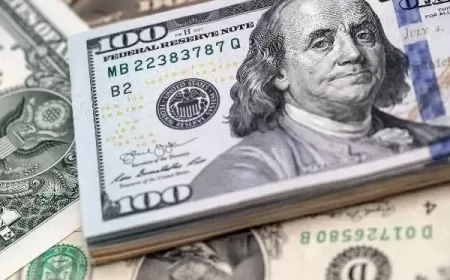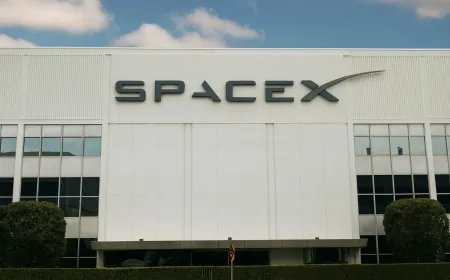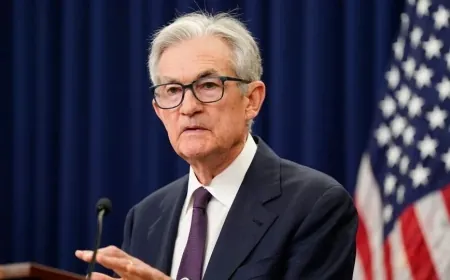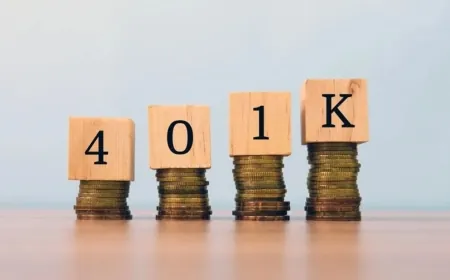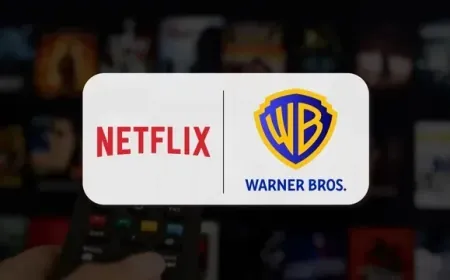Can Elon Musk Still Run Tesla? Why Investors Are Worried About His Focus
Tesla sales are slowing, competition is rising, and Elon Musk is stretched thin. Investors are asking if it’s time for Tesla to rethink its leadership.
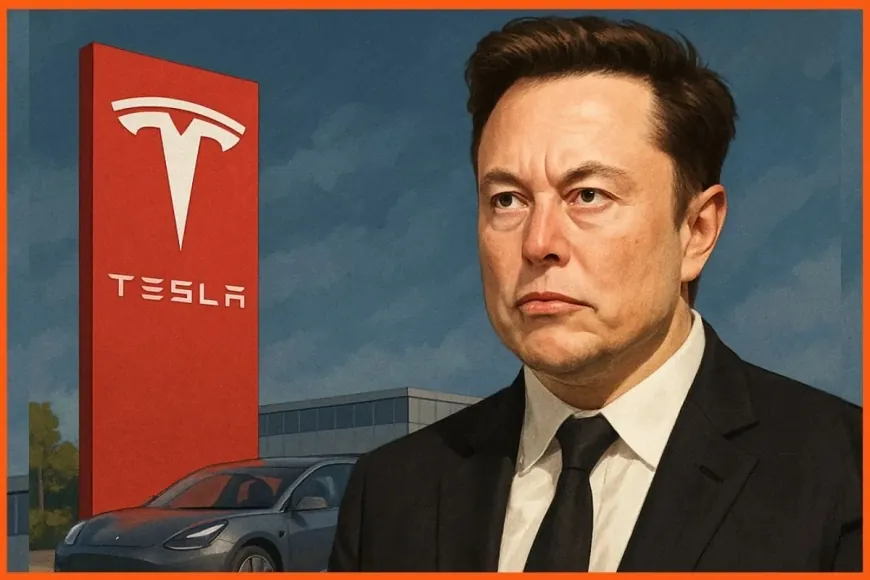
PALO ALTO, CALIFORNIA – Elon Musk has never been known for playing by corporate rules. Over two decades, he transformed Tesla from a cash-strapped Silicon Valley startup into the world’s most valuable automaker—not by following industry norms, but by bulldozing them.
At Tesla’s annual shareholder meeting in Austin this past May, Musk took the stage in his usual off-the-cuff style. Dressed in a black t-shirt and jeans, he riffed on everything from electric vehicle (EV) production to Mars colonization, promising a future of autonomous taxis and breakthroughs in battery technology. He made no apologies for his recent political commentary or his hands-on role at X, the social media company he acquired in 2022.
“I do what I think is right for humanity,” Musk told the crowd, punctuating the line with a shrug that drew cheers from loyal fans.
But back in Palo Alto and on Wall Street, the mood is shifting.
Tesla, the company that once held a near-monopoly on consumer EV mindshare, is now grappling with a combination of slowing growth, rising competition, and concerns over Musk’s leadership bandwidth. For the first time since the company went public in 2010, a growing chorus of investors and analysts is questioning whether the man who made Tesla a household name is still the best person to run it.
Other Car Companies Are Catching Up
When Tesla first started making electric cars, it didn’t have much competition. That’s not true anymore.
In China, which is the world’s largest car market, Tesla is now behind BYD, a Chinese electric car maker. BYD sold over 750,000 vehicles in the same quarter that Tesla sold 422,000.
In Europe, car companies like Volkswagen, BMW, and Hyundai have launched dozens of new electric models. Many of these are cheaper than Tesla’s cars, and buyers are choosing them because they offer good features at lower prices.
In the United States, Tesla still leads, but its share of the electric car market is shrinking. In 2020, Tesla controlled nearly 80% of EV sales in America. Now, that number is closer to 55%.
Tesla has tried to keep up by cutting prices. But while lower prices help attract buyers, they also reduce profits. In 2022, Tesla made about 30% profit on each car sold. Today, that number is closer to 16.7%.
New Tesla Models Are Taking Longer to Arrive
Tesla’s future depends on new vehicles. But several of those new products are running late.
One of the most important is Tesla’s affordable electric car, sometimes called the Model 2. Musk has promised this car will cost around $25,000, making it accessible to more people. But despite years of announcements, the car is not ready yet.
Tesla planned to build the Model 2 at a new factory in Mexico, but construction there has been slower than expected. Local government permits, labor shortages, and supply chain issues have delayed progress. Industry insiders now believe the car won’t be available until 2026, at the earliest.
The Cybertruck is another product facing delays. Tesla first showed off the Cybertruck in 2019, but as of mid-2025, only about 25,000 Cybertrucks have been delivered. That’s a small number for a company of Tesla’s size.
Self-Driving Technology Is Still Not Ready
Musk has often said that Tesla’s future is not just about selling cars—it’s about building self-driving cars that can drive people around like robot taxis.
Tesla’s Full Self-Driving (FSD) software is still being tested, but it’s not yet approved by safety regulators for hands-free use. Other carmakers, like Mercedes-Benz, have already received approval for higher levels of automated driving in some countries, including Germany.
Without approval, Tesla’s self-driving project is stuck in testing mode. That’s a problem because Musk has promised investors for years that robot taxis will be a huge part of Tesla’s future profits.
Musk Is Running Multiple Companies at Once
One of the main reasons investors are worried is because Elon Musk is not just running Tesla.
He is also the CEO of:
-
SpaceX, which builds rockets and works on space travel
-
X, the social media platform formerly known as Twitter
-
Neuralink, a company trying to connect computers to the human brain
-
The Boring Company, which works on building underground tunnels for transportation
Managing Tesla is already a full-time job. But Musk is splitting his time between many other projects.
People who have worked with Musk say he often moves between Tesla’s offices in Texas, SpaceX’s launch sites, and X’s headquarters. He also spends time at Neuralink and the Boring Company.
This is starting to make Tesla investors nervous. They wonder if Musk can give Tesla the attention it needs while also running four other companies.
Political Comments Are Causing New Problems
Musk has always been outspoken, but in the last year, he has become even more involved in political debates.
He has criticized both Republicans and Democrats, spoken about starting a new political movement, and made statements about immigration and voting that have sparked controversy.
In the United States, Musk has had public fights with the Biden administration over EV tax credits and labor issues. Tesla is not part of some federal EV subsidy programs because its workers are not unionized, unlike workers at Ford and General Motors.
In Europe, Musk has met with political groups that many consider extreme, including some far-right parties. This has upset some Tesla customers, especially in Germany, where Tesla’s Berlin Gigafactory is located.
Environmental activists have also protested Tesla’s water usage at the Berlin factory, while labor unions say Tesla tries to prevent workers from organizing.
These controversies may hurt Tesla’s image, especially with progressive and environmentally focused customers who were once the company’s biggest supporters.
Some Investors Want Tesla to Plan for a Leadership Backup
Many investors do not want Elon Musk to leave Tesla. They still believe in his vision and his ability to create exciting new products. But some think Tesla needs a better system to handle the company’s daily operations when Musk is focused on other things.
Several large shareholders have quietly asked Tesla’s board of directors to develop a succession plan. This means preparing for a future where Musk might not be able—or willing—to run the company full-time.
Tesla currently has no Chief Operating Officer, which is unusual for a company of its size. Most decisions still go through Musk directly.
Some potential backup leaders have already left Tesla, including:
-
Zachary Kirkhorn, who was Tesla’s Chief Financial Officer until 2024
-
Drew Baglino, a senior engineering executive who left the company recently
One person who remains is Franz von Holzhausen, Tesla’s longtime design chief. He leads product development but does not handle financial or operational management.
JB Straubel, Tesla’s former Chief Technology Officer, is also back on the company’s board. Straubel is known for his technical expertise and deep understanding of Tesla’s early days. But he now runs his own company, Redwood Materials, and has not said whether he would return to Tesla in a larger role.
The Board Is Standing by Musk—for Now
Tesla’s board, led by Robyn Denholm, continues to support Musk publicly. In May, Denholm denied reports that Tesla was searching for a new CEO. The board also approved Musk’s massive $56 billion compensation package last year, showing strong confidence in him.
However, sources close to the board say that conversations about Musk’s time management are happening more often. Directors are aware that investors are watching closely, especially as the company enters a new phase where stable leadership matters more than ever.
Tesla’s Financial Position Is Strong, But the Future Is Less Clear
Tesla still has a strong balance sheet. The company has $12.3 billion in cash as of the second quarter of 2025. It remains profitable and is building new factories in Texas, Germany, and Mexico.
Tesla’s Supercharger network is also expanding. The company has signed deals with other carmakers, like Ford and GM, allowing their EVs to use Tesla’s charging stations. This could turn Tesla’s charging network into a major source of revenue in the future.
But Tesla’s market is changing. The early days of massive growth are slowing. Now, the company must focus on execution—building affordable EVs, perfecting self-driving software, and keeping customers happy in a more crowded marketplace.
Tesla's Key Questions and Answers
Is Elon Musk still running Tesla in 2025?
Yes, Elon Musk is still the CEO of Tesla in 2025. However, he is also running SpaceX, X (formerly Twitter), Neuralink, and The Boring Company, which has raised concerns about whether he can give Tesla his full attention.
Does Tesla have a clear backup plan if Musk steps down?
Tesla has no official succession plan. There is no named COO or second-in-command, leaving the company vulnerable if Musk decides to leave or reduce his role.
Have Tesla’s top executives recently left the company?
Yes. In 2024, CFO Zachary Kirkhorn resigned, and in 2025, Senior VP Drew Baglino also stepped down. Both departures have raised questions about stability at the top of Tesla.
How are Tesla’s sales doing in 2025?
In the second quarter of 2025, Tesla sold 422,405 vehicles worldwide. That’s a 9.4% decline compared to the same period in 2024, mainly due to slowing demand and increased competition.
Is Tesla still the top EV seller in the world?
No. In 2025, China’s BYD became the top EV seller, delivering 754,000 vehicles in Q2, while Tesla sold 422,405.
What is happening with Tesla’s Cybertruck deliveries?
Tesla has delivered about 25,000 Cybertrucks by mid-2025. This is much slower than the company’s original target of 250,000 units per year.
Is Tesla planning a cheaper electric car?
Yes, Tesla is working on the Model 2, expected to cost under $25,000. However, it won’t launch before 2026.
What is the status of Tesla’s factory in Mexico?
Tesla’s Gigafactory in Nuevo León, Mexico, has been delayed due to permitting issues and infrastructure challenges. Production is now expected in 2027.
Is Tesla still profitable in 2025?
Yes, but profits are shrinking. Tesla’s operating margins fell from 30% in 2022 to around 16.7% in 2025 because of price cuts and higher costs.
How much cash does Tesla have in 2025?
Tesla has about $12.3 billion in cash reserves in 2025, down from $22 billion in 2024 due to investments in new factories and technology.
Is Tesla’s Full Self-Driving system fully approved?
No. Tesla’s Full Self-Driving is still classified as a driver-assistance system in 2025. No country has approved it for hands-free use without a driver.
Why is Elon Musk’s political involvement causing problems for Tesla?
In 2025, Musk launched the “America Party,” taking an active political role. This has alienated some Tesla customers and led to new political tensions affecting Tesla’s business.
How did Musk’s politics impact Tesla’s stock price?
After Musk launched his political party, Tesla shares dropped 8% in one day. Overall, the stock is down about 27% so far in 2025.
What do Tesla’s shareholders want from Musk?
Many shareholders want Musk to focus more on Tesla’s core operations and commit at least 40 hours a week to the company, reducing distractions from his other ventures.
Is Tesla sharing its Supercharger network with other automakers?
Yes. In 2025, Tesla opened its Supercharger network to Ford, GM, and other manufacturers in North America, creating new revenue streams but also competition for charger access.
Are there any labor or union issues at Tesla?
Yes. Workers at Tesla’s Berlin Gigafactory have protested over water usage concerns and are demanding union representation to improve workplace conditions.
Did shareholders approve Elon Musk’s $56 billion pay package?
Yes. In 2024, Tesla shareholders reapproved Elon Musk’s $56 billion compensation package, despite legal challenges and concerns about performance targets.
Running Tesla Now Requires More Than Innovation Alone
The central issue facing Tesla is no longer whether it can build electric cars. The company has proven it can do that. The question now is whether Elon Musk can keep leading Tesla while also running several other companies and engaging in public political debates.
Some investors think Musk is still the best person to run Tesla. Others believe he should focus more on innovation and hand over day-to-day operations to someone else.
Either way, the pressure is building. Tesla is no longer just a tech startup with big ideas. It is one of the world’s largest automakers, and running it requires full-time attention.
If Tesla gets this wrong, it won’t just be a company issue—it could open the door for competitors to pass it in the EV race.
Also Read: Tesla Sales Drop 13% as Political Backlash Against Musk Continues to Bite
|
Follow iShook on Social Media for More Tips and Updates! |
